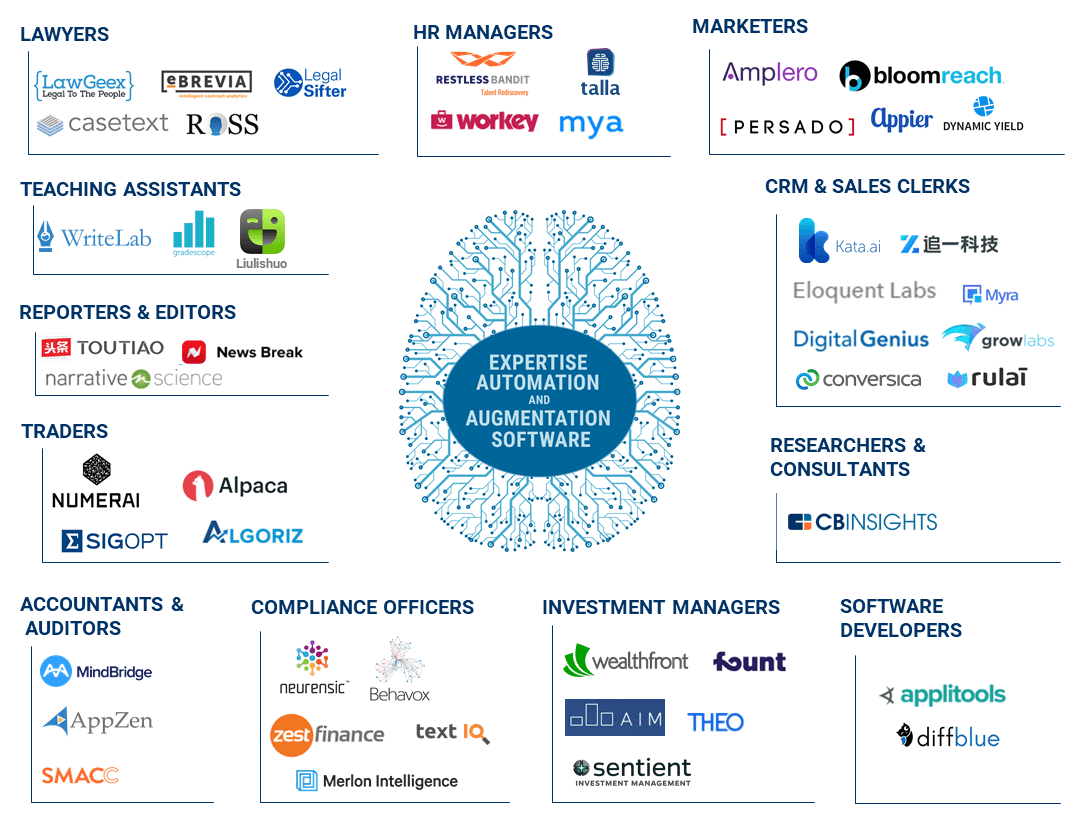

“The industry has come to ACORD to consolidate efforts to eliminate duplication of work,” Durland said. In the 1980s-when the number of PCs in use increased dramatically-ACORD members asked for standardized electronic transmissions between the agents’ computers and the carriers’ computers. The Forms are point of sale, data collection vehicles, A元 is ACORD’s EDI standard (or machine-to-machine, business-to-business, data transmission formats or components), OLife is a data integration standard and ObjX is “much more than EDI.” Today, ACORD’s standards include Forms, A元 (Automation Level 3), XML, OLife and ObjX. In 1972, the first ACORD form, a property loss notice, went into use. “What we did and still do is provide standards-Forms and Electronic Data Interchange (EDI) upon which the vendors or solution providers base their automation systems.” She explained that to find out how the industry became automated, one must look to the vendors and solution providers. “We aren’t the ones who ‘built’ the automation system,” said Carolyn “Cal” Durland, managing director of Standards for ACORD. The association is comprised of carriers, agents, vendors, solution providers, associations and other interested parties. Since 1970, ACORD, a not-for-profit standards-setting association for the insurance industry, has been involved in automation. From the early 1980s through the mid-1990s, independent agents for the most part used PC-based automation systems to boost efficiency and cut costs.

Independent agents have come a long way in using technology over the past 20 years.


 0 kommentar(er)
0 kommentar(er)
